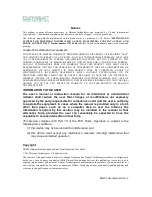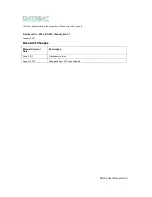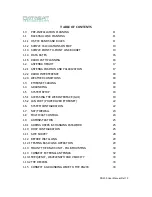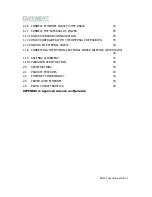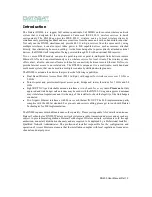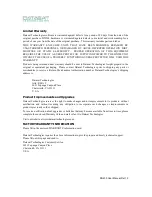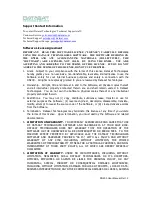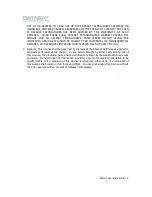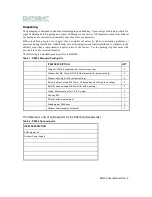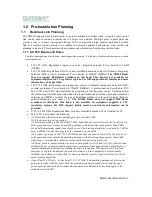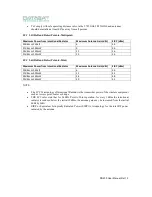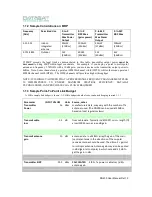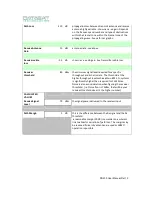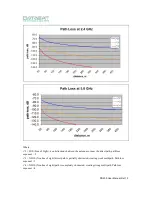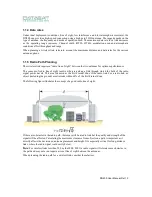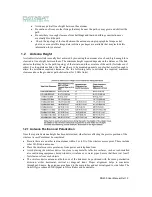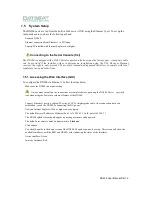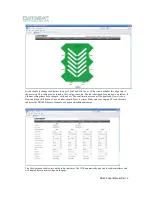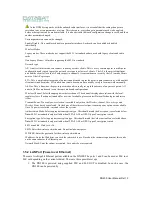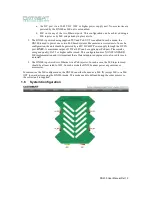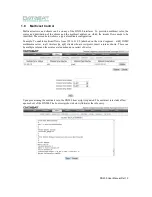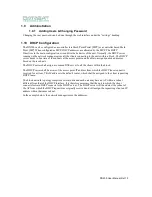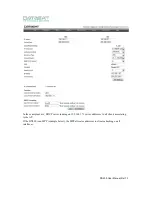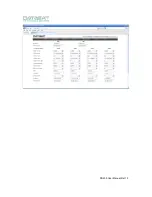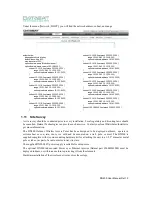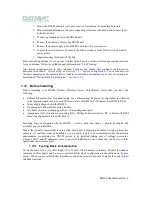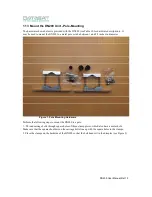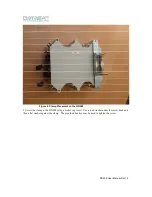
DN200 User Manual Rel 1.0
1.1.4 Data rates
Under ideal deployment conditions (line of sight, low interference, and low atmospheric moisture), the
DN200 can provide a high-speed connection using a high gain 5 GHz antenna. The range depends on the
type of antenna, the frequency and mode of operation used. The maximum data rate for a link decreases
as the operating range increases. Channel width (HT20, HT40), modulation used and atmospheric
conditions affect throughput and range.
When planning a wireless link, take into account the maximum distance and data rates for the various
antenna options.
.
1.1.5 Radio Path Planning
The wireless link requires a “radio line of sight” between the two antennas for optimum performance.
The concept of radio line of sight involves the area along a link through which the bulk of the radio
signal power travels. This area is known as the first Fresnel Zone of the radio link. For a radio link, no
object (including the ground) must intrude within 60% of the first Fresnel Zone.
The following figure illustrates the concept of a good radio line of sight.
If there are obstacles in the radio path, there may still be a radio link but the quality and strength of the
signal will be affected. Calculating the maximum clearance from objects on a path is important as it
directly affects the decision on antenna placement and height. It is especially critical for long-distance
links, where the radio signal could easily be lost.
N
OTE
:
For wireless links less than 500 m, the IEEE 802.11a radio signal will tolerate some obstacles in
the path and may not even require a visual line of sight between the antennas.
When planning the radio path for a wireless link, consider these factors:

